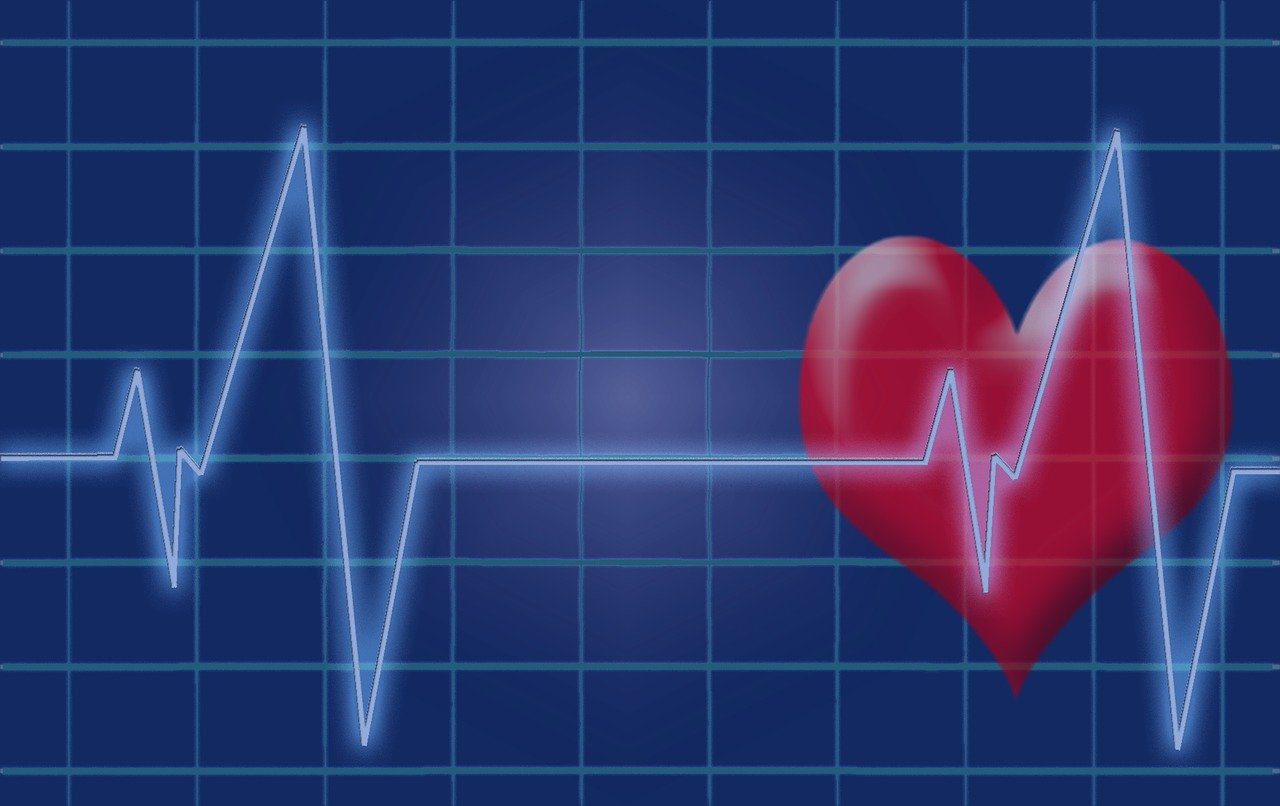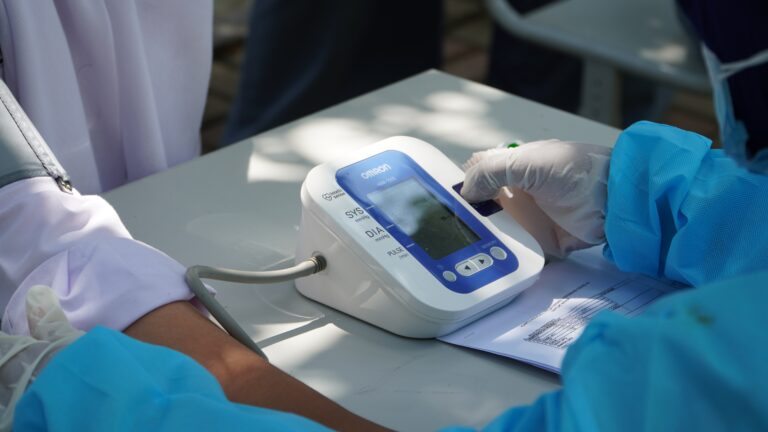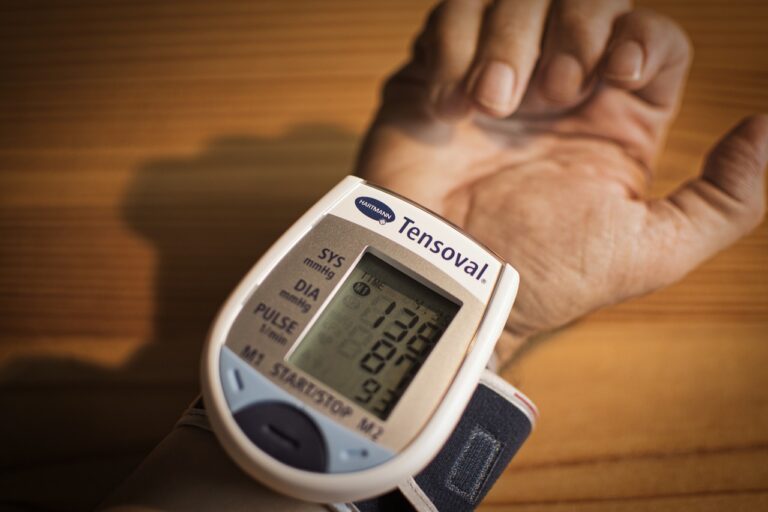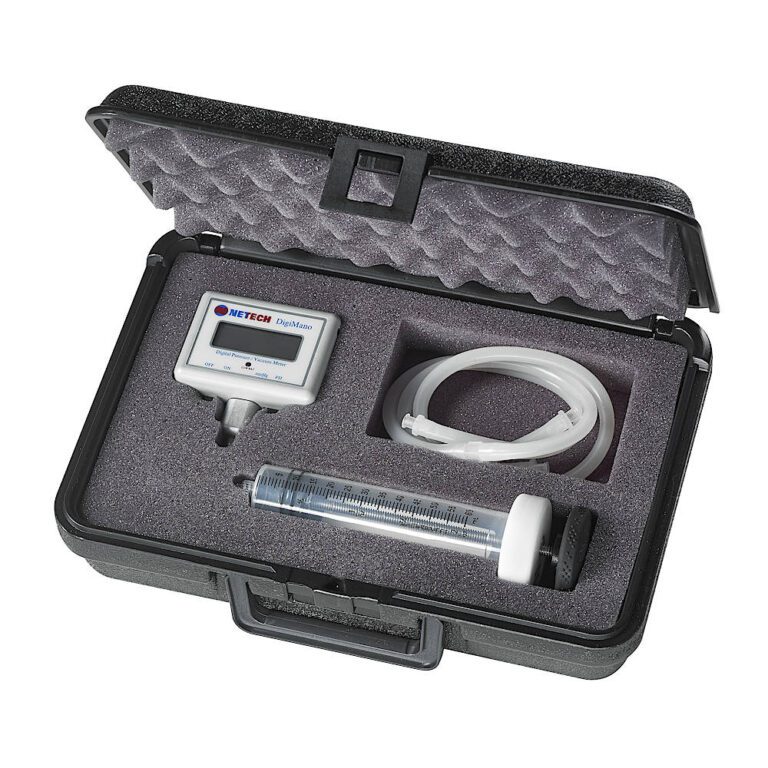Hypertension Science
How to mitigate and potentially prevent high blood pressure
As with high cholesterol, high blood pressure, or hypertension, is a chief healthcare concern in the United States–in fact, nearly 30 percent of the population is hypertensive! That might lead you to believe that experts are quite familiar with how high blood pressure develops in the body, however the opposite is true. In 90 percent of cases, there is no discernable underlying cause for hypertension.
There is a general outline to avoid and manage high blood pressure, though. Evidence exists that diet can contribute to hypertension, so it’s generally recommended to avoid eating too much salt, cut out smoking, caffeine, and alcohol where possible, and to keep within a healthy weight range. A lack of physical activity may also tie in to hypertension or prehypertension, so it’s important to maintain a regular aerobic exercise regimen. Stress is yet another factor linked to high blood pressure, and like it or not, we live in a stressful modern world. Finding relaxing activities and moments of respite between crunch time at work and hectic social venues is essential to keeping stress levels at a minimum.
Now that we know how to mitigate and potentially prevent high blood pressure, what is it exactly that hypertension can do when left unchecked?
Understanding the terms
First it’s important to understand what exactly we’re talking about when we say ‘blood pressure.’ There are two measurements, familiar to anyone who has had their vitals measured in a doctor’s office–systolic and diastolic. Systolic pressure is the highest measured force of an individual’s blood pressure and is recorded as the pressure when blood is pumped out of the heart and into the circulatory system. Diastolic pressure is, conversely, the lowest measured force of an individual’s blood pressure and is recorded as the the heart muscle relaxes and rests between beats.
Hypertension exacerbates these two limits and damages the body by straining the workload of the heart and blood vessels. The repeated friction of this high force blood flow can damage delicate arterial and capillary walls over time. In tandem with high cholesterol, where loose cholesterol in the blood forms plaques along vessel walls, hypertension becomes especially dangerous as blood flow to essential organs can become severely constricted. Complications include vision loss, sexual dysfunction, kidney disease, stroke, heart attack, and most gravely, heart failure.
In order to maintain a healthy working cardiovascular system, it’s important to keep systolic measurements between 100 and 140, and diastolic measurements between 60 and 100. And it’s not all bad news! A multitude of drug therapies are out there to provide support to patients struggling with hypertension management, including diuretics, beta-adrenergic blockers, and vasodilators. Current research goals focus on the potential to understand and control the brain mechanisms that arbitrarily set and regulate blood pressure via the sympathetic nervous system. Once scientists are able to establish a method of ‘resetting’ the brain’s automatic management, hypertension may be a health concern of the past.
And remember, there are a variety of studies that show a healthy diet and regular, sustained exercise go a long way towards both preventing and treating high blood pressure.




